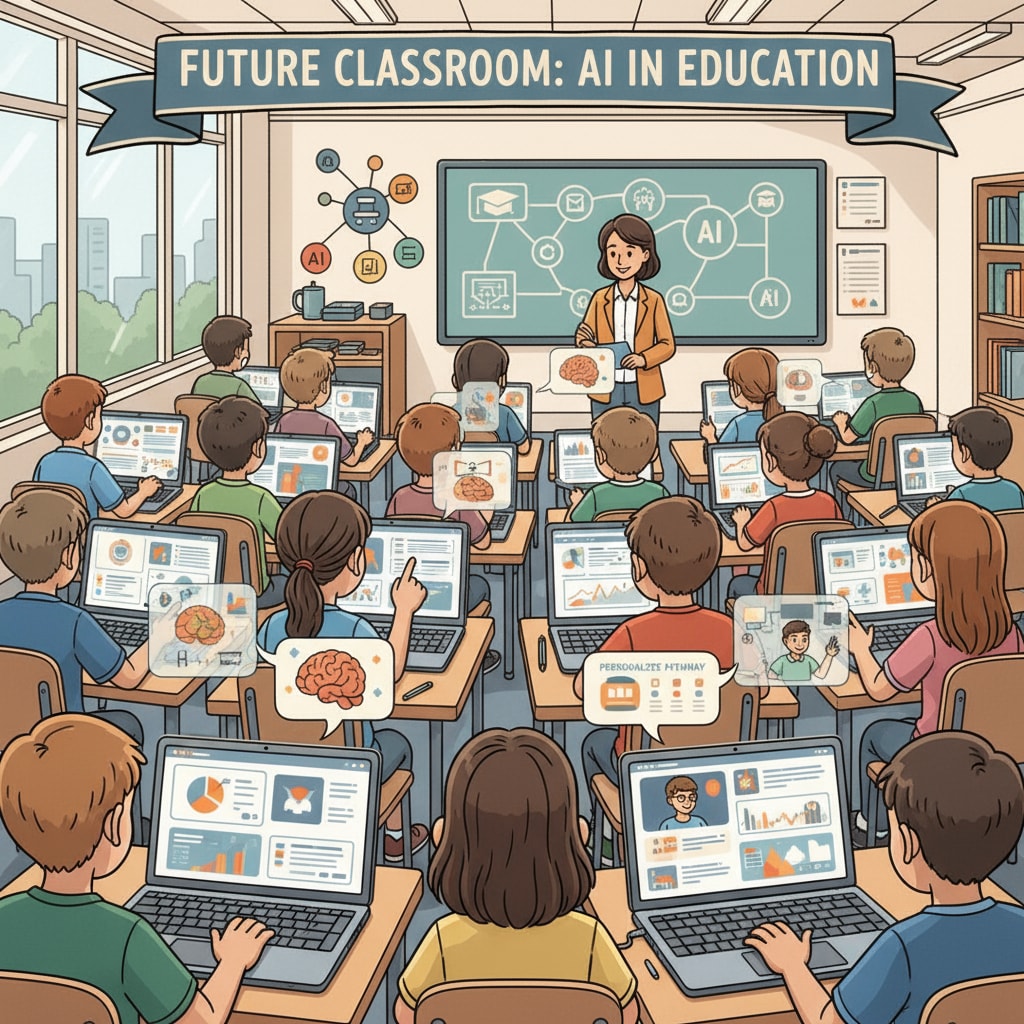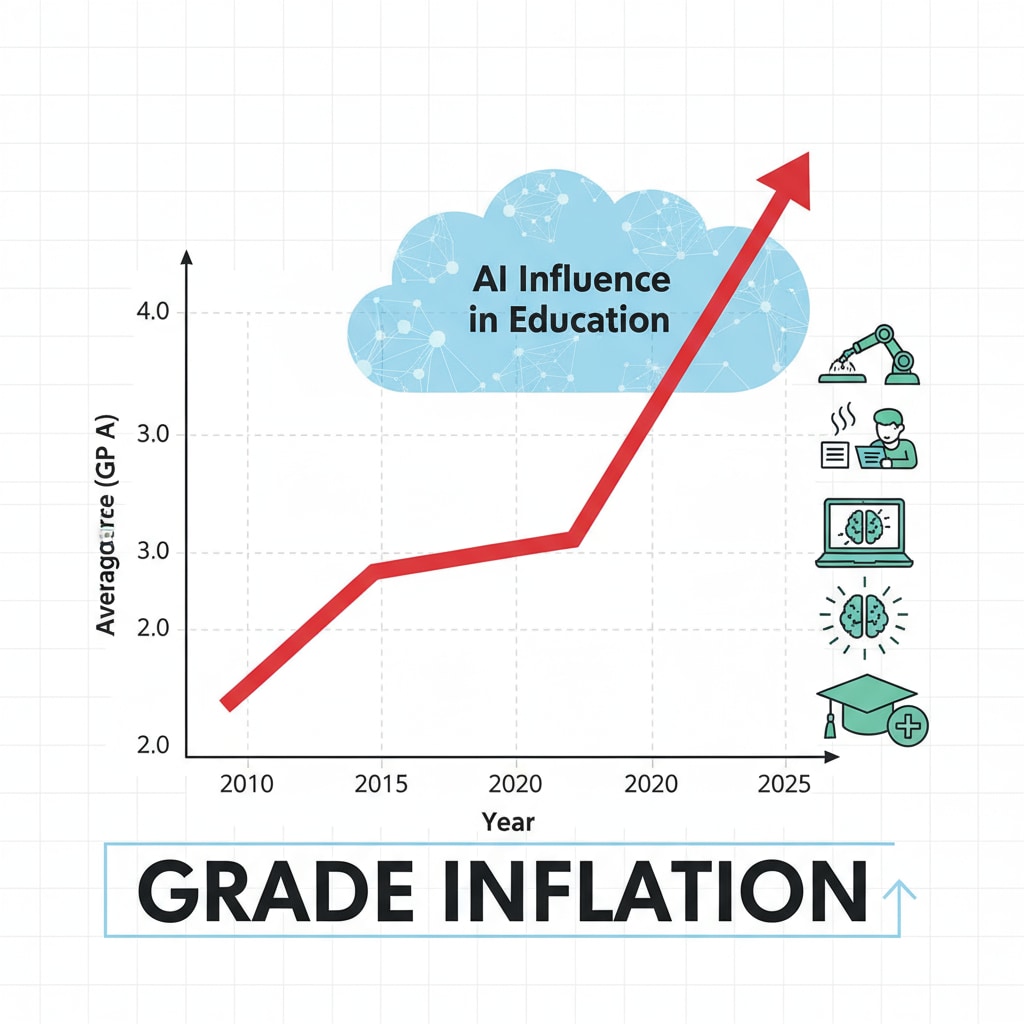The integration of AI applications in education has brought about a significant transformation, but it also raises concerns regarding grade inflation and educational assessment. The widespread use of AI in educational settings has led to a notable improvement in the quality of students’ assignments, which has, in turn, sparked worries about the integrity of traditional grading systems.

The Rise of AI in Education
AI has made remarkable inroads into the education sector. For example, intelligent tutoring systems can provide personalized learning experiences, adapting to each student’s pace and needs. AI-powered writing assistants can enhance the quality of students’ written work. As per this EdSurge article, these tools are becoming increasingly popular among students and educators alike. However, this progress has also created new challenges in the realm of educational assessment.
The Grade Inflation Dilemma
With the help of AI, students are able to produce work of higher quality than before. This has led to grade inflation, where the average grades of students are increasing without a corresponding increase in their actual knowledge and skills. Teachers are now faced with the difficult task of differentiating between work that is genuinely the result of a student’s effort and that which has been enhanced by AI. As described in this TeachThought piece, grade inflation can undermine the value of academic achievements and make it harder to accurately evaluate students’ capabilities.

To address this issue, educators need to reevaluate and adapt their assessment methods. They can incorporate more in-class assessments, such as oral presentations and impromptu quizzes, which are less likely to be influenced by AI. Additionally, rubrics can be refined to better distinguish between AI-aided and student-generated work. In conclusion, finding a balance between leveraging the benefits of AI in education and maintaining the integrity of educational assessment is crucial for the future of learning.
Readability guidance: This article uses short paragraphs to present ideas clearly. For example, in the section about the rise of AI in education, we briefly introduce the positive impacts of AI. In the grade inflation part, we explain the problem and provide solutions. Transition words like ‘however’ and ‘additionally’ are used to connect different ideas smoothly. Each H2 section has a list of key points, and we keep the passive语态 ratio low to ensure an active and engaging writing style.


